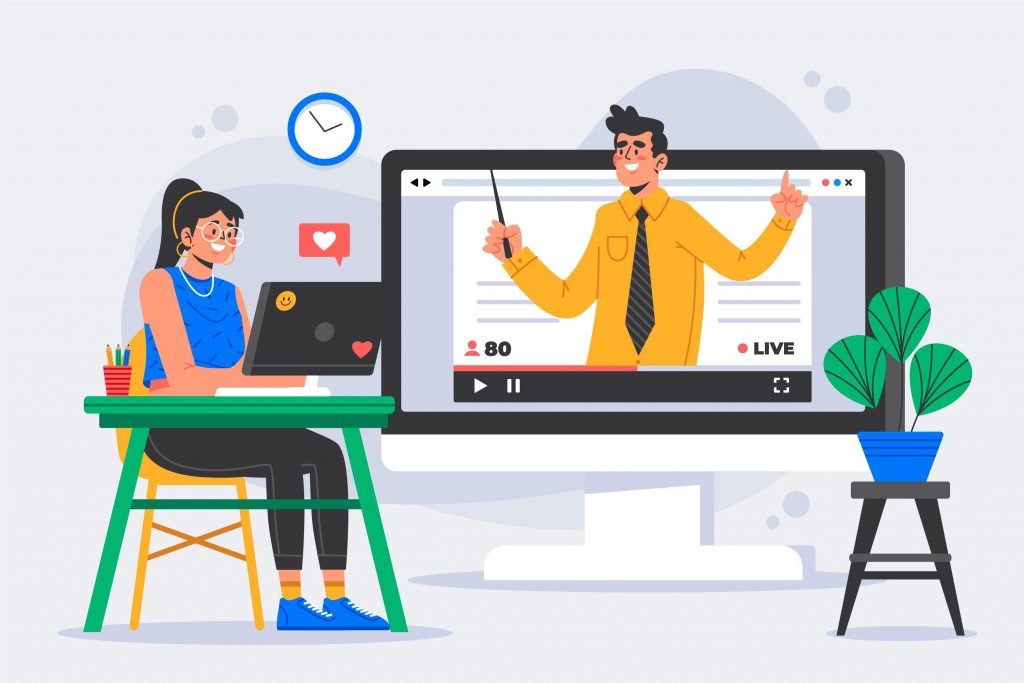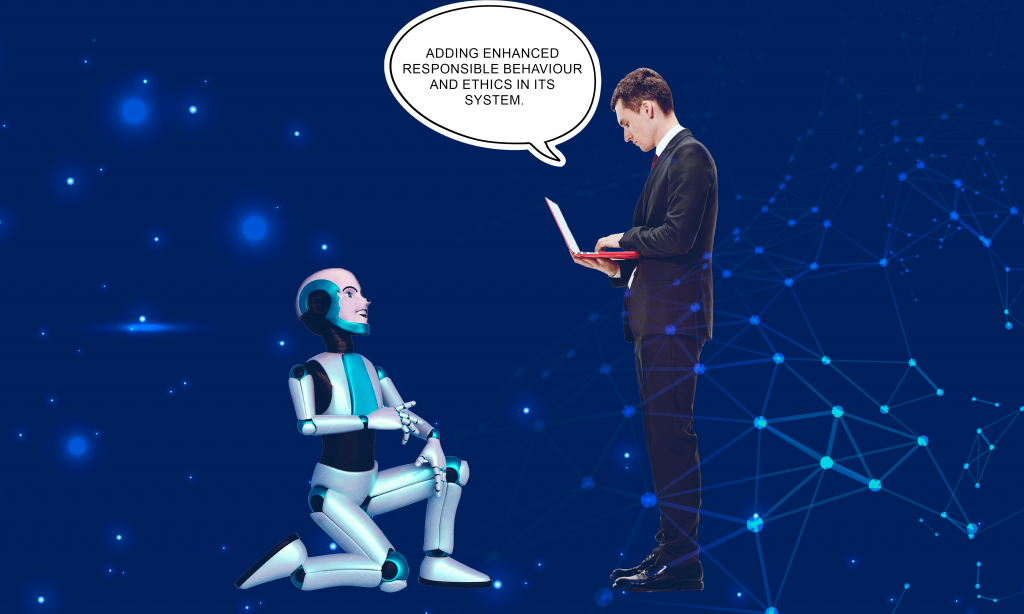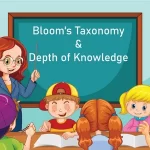In a world that is hyper connected through a diverse range of online platforms, technology plays a huge role in absolutely every aspect of our life. Over the last 30 years, there has been a phenomenal change in attitudes towards technology and its effect on the teaching practices. Aside from playing video games on a parent’s phone, the classroom is the place where a child meets technology for the first time.
With the evolution of technology, new technologies for teaching started developing. From abacus to handheld calculators, from slide projectors to virtual reality tools, artificial intelligence, from books to kindle. Most of all, the effective use of these digital learning tools in eLearning has helped to facilitate personalized learning experiences which couldn’t have been possible in the past in a traditional classroom setting. This has extended learning beyond the classroom and a person can virtually reach anywhere just with the click of a button.
There are various aspects to incorporating technology in the education sector .This article will further evaluate the role and benefits of using the right technology in classrooms.
Role of technology in education
Just a couple of decades ago, finding technology in classrooms was not a very common sight. Today, technology is a fundamental part of the learning process.
According to a recent study, evidence has shown about 70% of all primary and secondary schools in the UK use tablet computers to deliver learning content.
Although technology is essential, it may not be enough to integrate technology alone in online classrooms. Undoubtedly, with lack of good teaching practices, individual tools are destined to fail in providing effective learning experiences.

Why is the use of technology in education essential?
1. Automating everyday tasks
If technology is incorporated effectively into the learning process, it can become a teacher’s best friend and a trusted teaching assistant.
For instance, a number of apps are designed to help teachers take attendance so their time is utilized in other important tasks. Students can mark their attendance through a tablet, even if the teacher is busy preparing for class. And voice assistant tools such as Alexa, Siri, Cortana can help teachers to multitask, find information to share with students, set up appointments, make phone calls, etc.
Meanwhile, as students browse information and access everything online, it eliminates the need to perform basic everyday tasks such as making notes, photocopying or stapling.
2. Greater accessibility
In the past, students and teachers had to be physically present to conduct lectures or exams. Similarly with the use of technology in eLearning, this process can be shifted online avoiding any distance barriers.
Educational technology opened doors to exciting possibilities such as distance learning, virtual field trips, gamification and many more. Established traditional schools now provide online courses, while other schools have shifted their operations online completely. This proves incredibly useful for students who like being flexible and learn at their own pace.
3. Increased collaboration
Educational technology provides endless possibilities for immersive learning practices. Not only are teachers involved with students during lectures, but, students also communicate with each other. Through online lessons and activities, students can interact among themselves to share ideas and work in a team. For example, teachers could hold extra doubt solving classes, by being available via instant messaging or video calls to help students as they go about with the day’s homework.
4. Real time feedback
Using technology for providing real-time feedback can take a great many forms. But, overall, technology can enhance assessment by providing the means to gauge a wide range of student competencies. For instance, schools may opt for an LMS software to assess the leaner’s progress and provide immediate feedback. This can help in healthy engagement of the students. In short, providing real time feedback can foster communication within the classroom.
5. Personalized learning
Technology provides 24/7 access to learning tools and resources. This, in turn, helps the learners utilize their time in a much better way. Through online videos, learners can easily comprehend difficult concepts as it is laid out in bite-sized chunks . Adopting methods such as blended learning in eLearning can also be a great tool to personalize lessons for students with different learning needs. An added benefit is students can complete a course at their own pace and time. Similarly, teachers offer their support by monitoring and assessing the students at every stage.
Technology is here to stay
It is impossible to deny that technology has become an inseparable part of our lives. Today, digital technologies make it easy to find and share information. As well as, people can reach any part of the world through just a screen. Similarly, most classrooms depend on technology to provide personalized learning experiences that results in collaboration. Tech tools give the ability to make teaching easier and eliminate challenges otherwise faced in a non-tech traditional classroom setting.
Above all, it helps to eliminate any geographical barriers, making learning more accessible. Whether you’re a student or an educator, it’s crucial to integrate the right technology by assessing the benefits it will bring in the classroom.
Image credits: Freepik
For more such content on technology and e-learning, visit our blog.
Create. Engage. Inspire

















